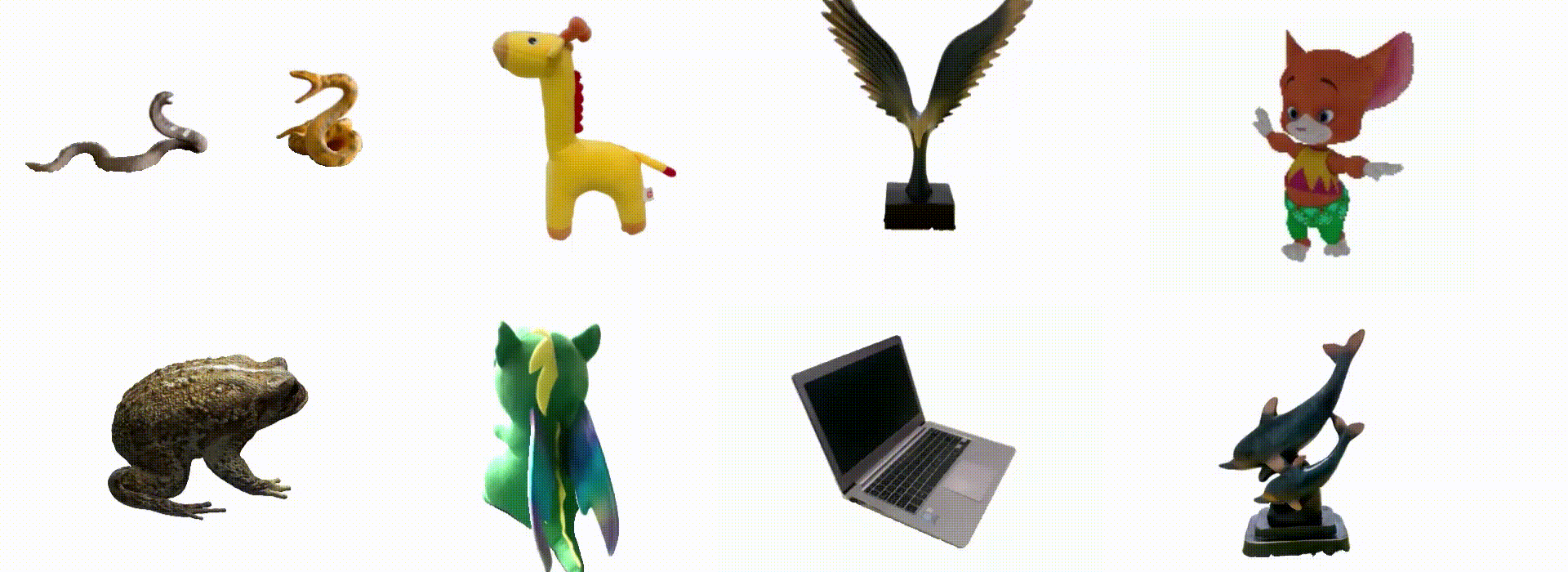Implicit neural rendering, especially Neural Radiance Field (NeRF), has shown great potential in novel view synthesis of a scene. However, current NeRF-based methods cannot enable users to perform user-controlled shape deformation in the scene. While existing works have proposed some approaches to modify the radiance field according to the user's constraints, the modification is limited to color editing or object translation and rotation. In this paper, we propose a method that allows users to perform controllable shape deformation on the implicit representation of the scene, and synthesizes the novel view images of the edited scene without re-training the network. Specifically, we establish a correspondence between the extracted explicit mesh representation and the implicit neural representation of the target scene. Users can first utilize well-developed mesh-based deformation methods to deform the mesh representation of the scene. Our method then utilizes user edits from the mesh representation to bend the camera rays by introducing a tetrahedra mesh as a proxy, obtaining the rendering results of the edited scene. Extensive experiments demonstrate that our framework can achieve ideal editing results not only on synthetic data, but also on real scenes captured by users.
-
Install jittor
Other dependencies (click to expand)
- opencv_python==4.5.2.52
- imageio==2.17.0
- trimesh==3.9.8
- numpy==1.19.2
- pyhocon==0.3.57
- icecream==2.1.0
- tqdm==4.50.2
- scipy==1.7.0
- PyMCubes==0.1.2
- natsort==8.1.0
- tensorboardX-2.5
We also use the pyrender to get the depth map.
pip install pyrender
- Download OpenVolumeMesh to the
OpenVolumeMeshfolder - Download Eigen to the
volumeARAP_batch/Eigenfolder
Suppose the image data is in the $data_dir/images folder, we first estimate the camera poses with colmap. Then we process the camera poses with the command
python process_colmap.py $data_dir $data_dir
Finally the data folder looks like
$data_dir
├── colmap_output.txt (colmap output)
├── database.db (colmap output)
├── images ($data_dir/images)
├── intrinsics.txt
├── pose
├── rgb
└── sparse (colmap output)
we adopt the training strategy of NeuS.
python exp_runner.py --mode train --conf ./confs/wmask_mousy.conf --case mousy_neus
python exp_runner.py --mode validate_mesh --conf <config_file> --case <case_name> --is_continue # use latest checkpoint
python exp_runner.py --mode circle --conf ./confs/wmask_bear.conf --case bear_neus --is_continue --obj_path ../../logs/bear_new_camera_neus/meshes/00300000.obj
python exp_runner.py --mode validate_mesh --conf <config_file> --case <case_name> --is_continue --do_dilation
Construct tetrahedral mesh using TetWild.
./TetWild $input.obj
Note that we modify the tetrahedra storage format of Tetwild output. Therefore, please compile the tetwild in this repository following the instructions here.
./simple_mesh $input.txt $output.ovm
simple_mesh can be obtained using the CMakeLists.txt in the OpenVolumeMesh folder.
Deform the extracted mesh with any mesh editing tool, and put the (sequence) mesh in $deformed_dir folder.
Generate the controlpoint.txt to guide the deformation.
python barycentric_control_pts_jittor.py
Note that specify the mesh_path (extracted mesh), tet_path (tetrahedra mesh) and deformed_dir(deformed mesh sequence) first.
And the format of controlpoint.txt is listed below.
10 (Number of sequence)
N (Num of control points)
x1 y1 z1
x2 y2 z2
...
N (Num of control points)
x1 y1 z1
x2 y2 z2
...
.
.
.
N (Num of barycentric coordinate)
id1 id2 id3 id4 (vert index of this tet)
u1 v1 w1 z1
id1' id2' id3' id4'
u2 v2 w2 z2
...
Compile the volumeARAP_batch project to obtain volumeARAP, and deform the tetrehedra mesh.
./volumeARAP $ovm_path $control_pts.txt $output_dir 0
python exp_runner.py --mode circle --conf <config_file> --case <case_name> --is_continue --use_deform --reconstructed_mesh_file <tetwild_output_txt> --deformed_mesh_file <deformed_ovm> --obj_path <deformed_mesh_obj_path> (optional)
- fix camera (generate sequential editing results in a fixed camera)
python exp_runner.py --mode circle --conf <config_file> --case <case_name> --is_continue --use_deform --reconstructed_mesh_file <tetwild_output_txt> --deformed_mesh_file <deformed_ovm_dir> --obj_path <deformed_mesh_obj_dir> --fix_camera --savedir <save_dir>
This code borrows heavily from NeuS.
If you found this code useful please cite our work as:
@inproceedings{yuan2022nerf,
title={NeRF-editing: geometry editing of neural radiance fields},
author={Yuan, Yu-Jie and Sun, Yang-Tian and Lai, Yu-Kun and Ma, Yuewen and Jia, Rongfei and Gao, Lin},
booktitle={Proceedings of the IEEE/CVF Conference on Computer Vision and Pattern Recognition},
pages={18353--18364},
year={2022}
}
